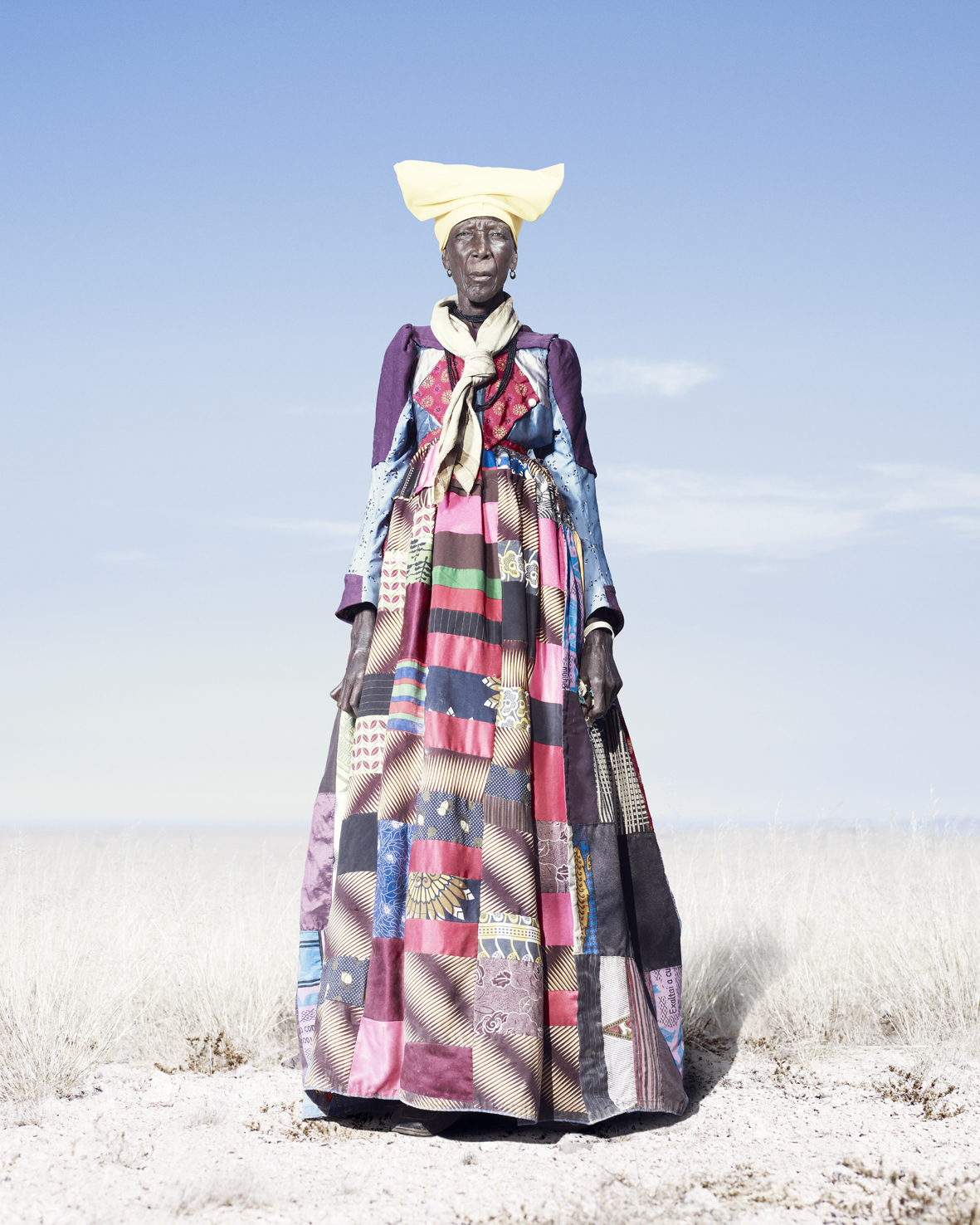
Resting expectantly on the roughly cushioned seat of his motorbike, Jim Naughten was entranced by his first glimpse at the lunar landscape of Namibia.
“I felt as though I had been transported to a different planet,” he writes in the introduction to his forthcoming book, Conflict and Costume. The landscape was scorching and inhospitable, and for the recent college graduate, as foreign a world as he could have found.
On this land — marked by the remnants of the world’s oldest known cave paintings and still trodden by today’s remaining nomadic tribes — Naughten found a world of crises and celebrations — the twisted braids of culture and colony that have given birth to modern Namibia.
“Namibia was a country of contrasts and paradoxes,” Naughten writes. “I was hooked.”
Specifically, it was the Herero tribe that would bring Naughten back, some 15 years after watching his first sunrise over Namibia’s eastern expanse. This time, with digital camera in hand, Naughten set out across the desert by car, camping each night, and photographing throughout each day — from weddings to funerals and all ceremonies in-between.
“For me the Herero story, illustrated by the amazing costumes and uniforms, is one of survival, pride and defiance,” Naughten told TIME. The process of photographing his subjects on a landscape silently marked by the fingerprints of history, gave the Conflict and Costume gravity — the images tugged at something deeper.
In part, that “something deeper” is the colonial experience — a force communicated through the Herero’s adoption of Germanic-style military or dress attire. Namibia, is bordered by Angola to the north, Zambia to the east, South Africa to the south and the Atlantic ocean to the west, and came under German rule in 1884 – a political decision thought to forestall British Colonial expansion from South Africa up the western coast.
“The project led me to read a great deal of colonial history,” said Naughten, noting that the story of the German Herero war is not widely known at all.
German occupation led to decades of indigenous struggle, which almost led to the extinction of the Herero people. Specifically, the German-Herero war between 1904-1907 resulted in the loss of nearly 85 percent of the Herero population.
“Namibia’s colonial history is extremely complex and fascinating,” said Naughten. “But amidst twists and turns are stories of the most unbelievable inhumanity.”
But from those struggles have grown an obsession with dress — or costume — amongst the Herero.
Naughten told TIME that, according to custom, whenever a Herero warrior would kill a German soldier they would take his uniform, considered to be a badge of honor and an act that would symbolically “take their power.”
Today, many of the uniforms are merely bartered, bought or sold, but the influence of the early German colonial wares has led the Herero to adopt other more European elements of fashion. In this remote corner of the Namib, European style of dress has become a celebrated aspect of the modern Herero’s identity.
Interestingly, despite a fervor for military marches and battle dress, the Herero people no longer have a traditional standing army. The parading men are mere community groups, who march for display, accruing respect and rank by virtue of their frequency of attendance, as well as the appearance and quality of their uniform.
There’s little or no political motivation behind the work, Naughten said. His process, and his approach to photography, is based on a basic method: find a story, explore with the camera, and make pictures of where the story takes him.
Unlike his first trip to Namibia, however, digital photography has limited Naughten’s ability to share his work with his subjects.
“It was much easier when I was able to give Polaroids to the people I photographed.” he said. “Now with the digital technology it’s not possible, and very few people I worked with had access to email.”
When asked about the value that Conflict and Costume might provide, Naughten refers to the curiosity that kept him engaged with Namibia throughout the years.
“I would like people to become more interested in Namibia and aware of the history, and just maybe pick up some further reading.” Naughten said.
Jim Naughten is a photographer based in London. His book, Conflict and Costume, will be released March 1, 2013 by Merrell. This work will also be shown from March 5th – April 13th at the Margaret Street Gallery in London, and from March 14th – May 4th at Klompching Gallery in Brooklyn, N.Y.. Last summer, TIME commissioned Naughten to photograph the athletes of the 1948 London Olympics.
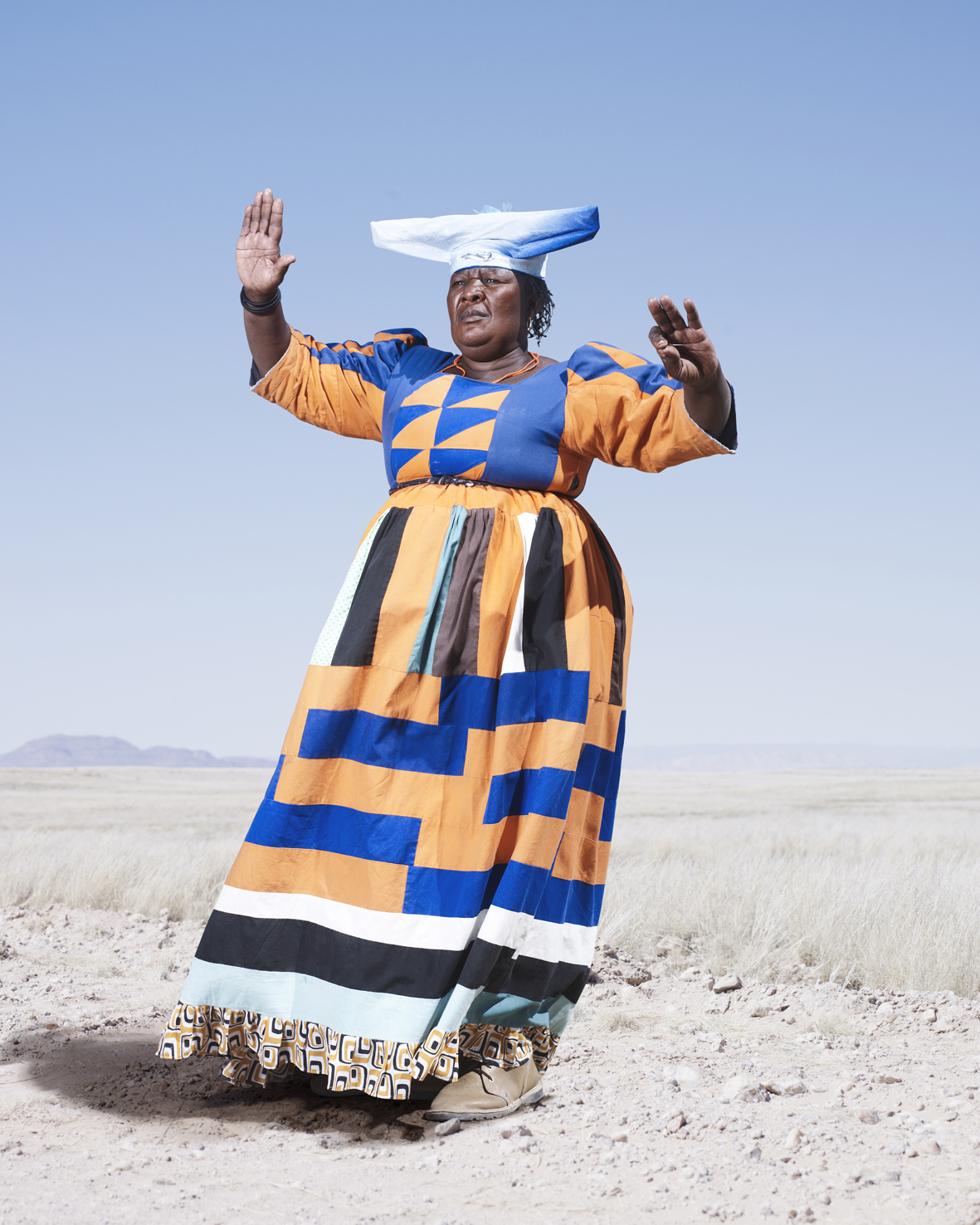

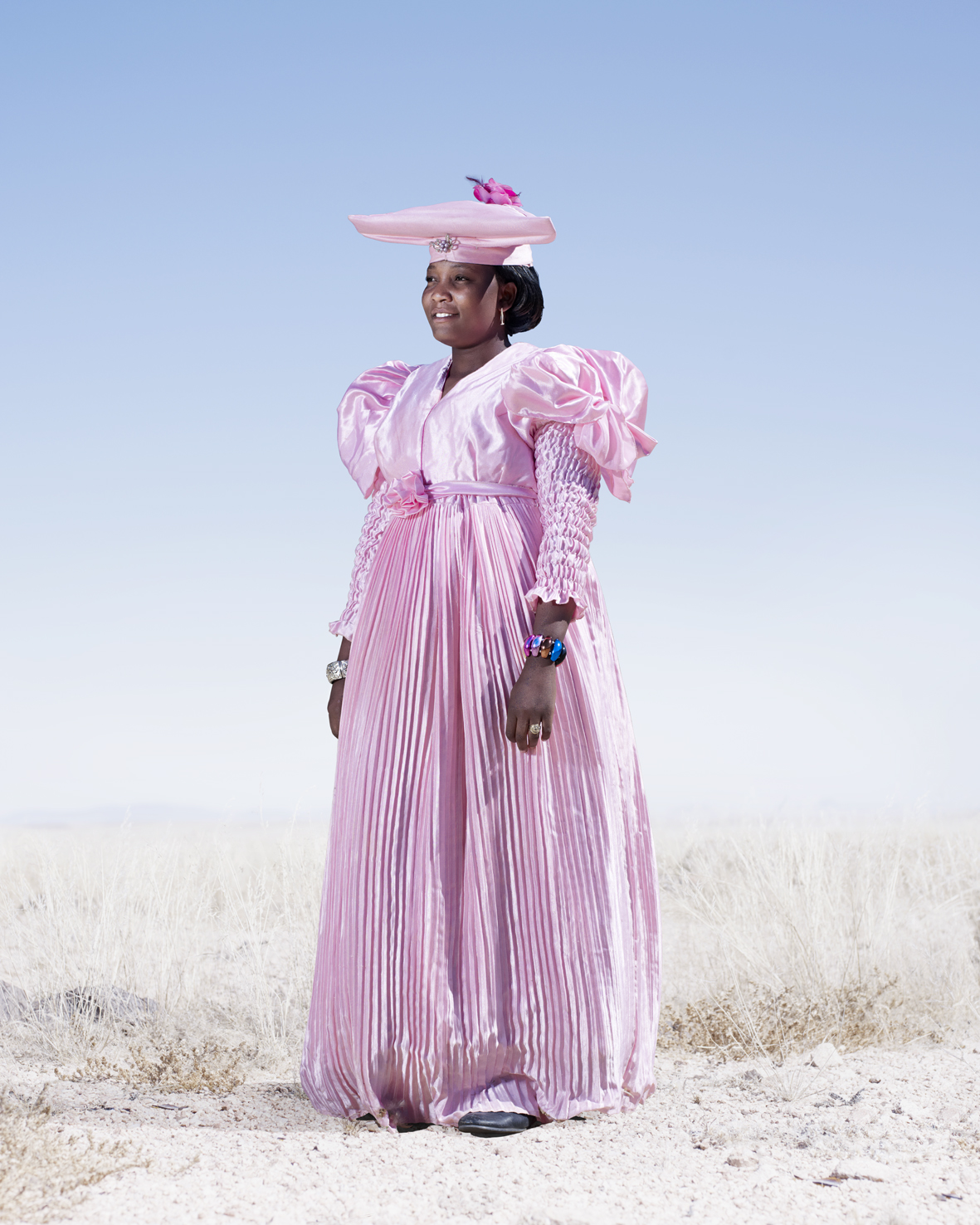
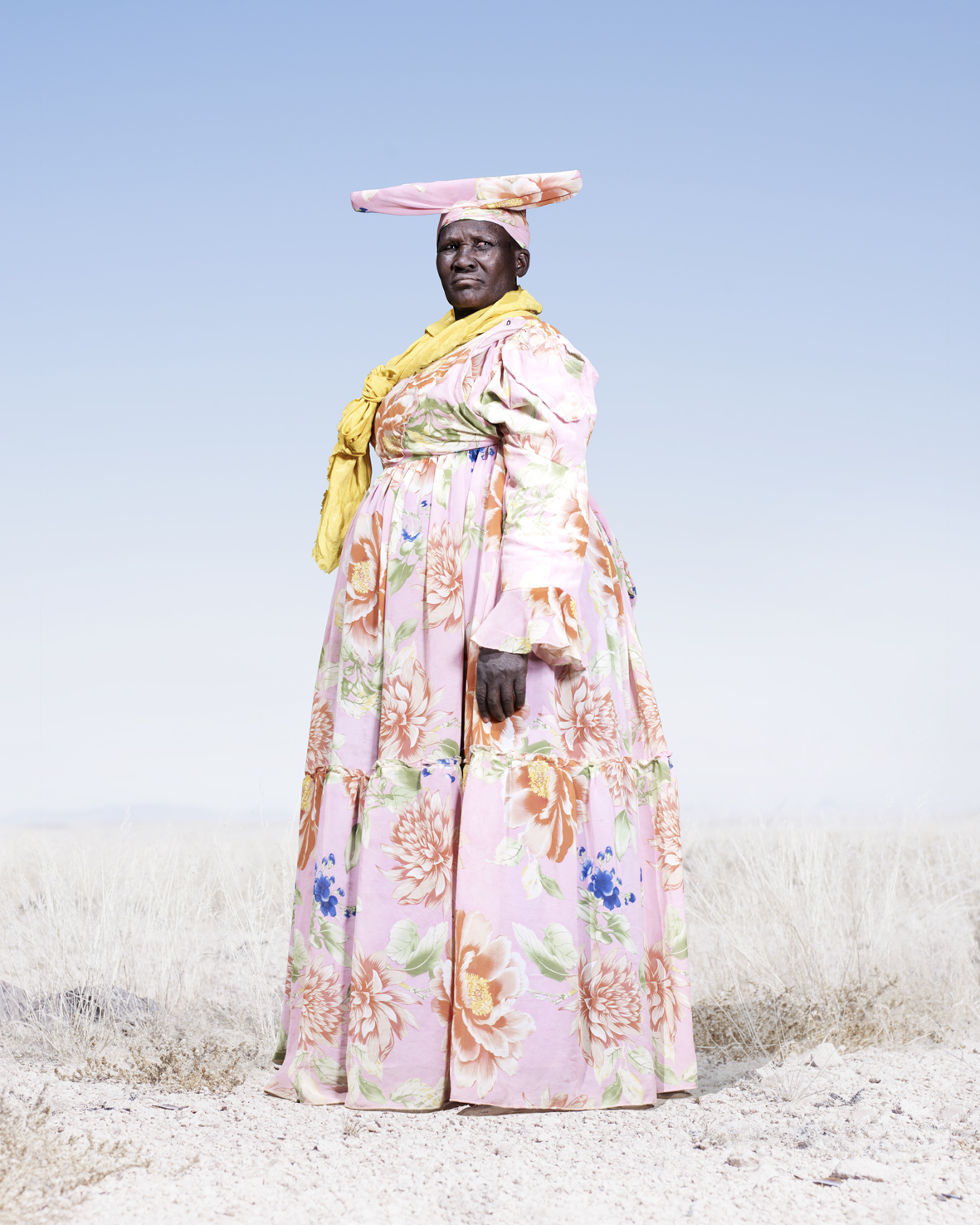
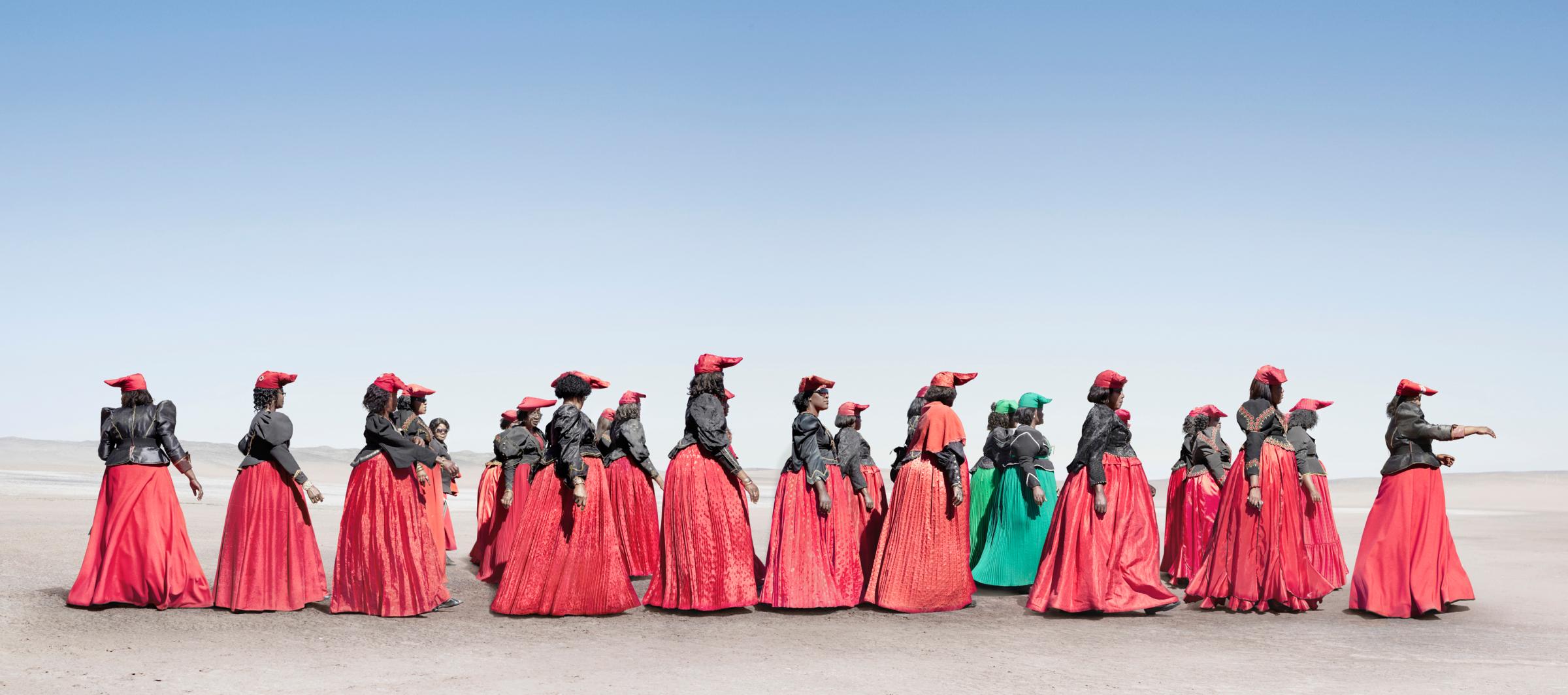

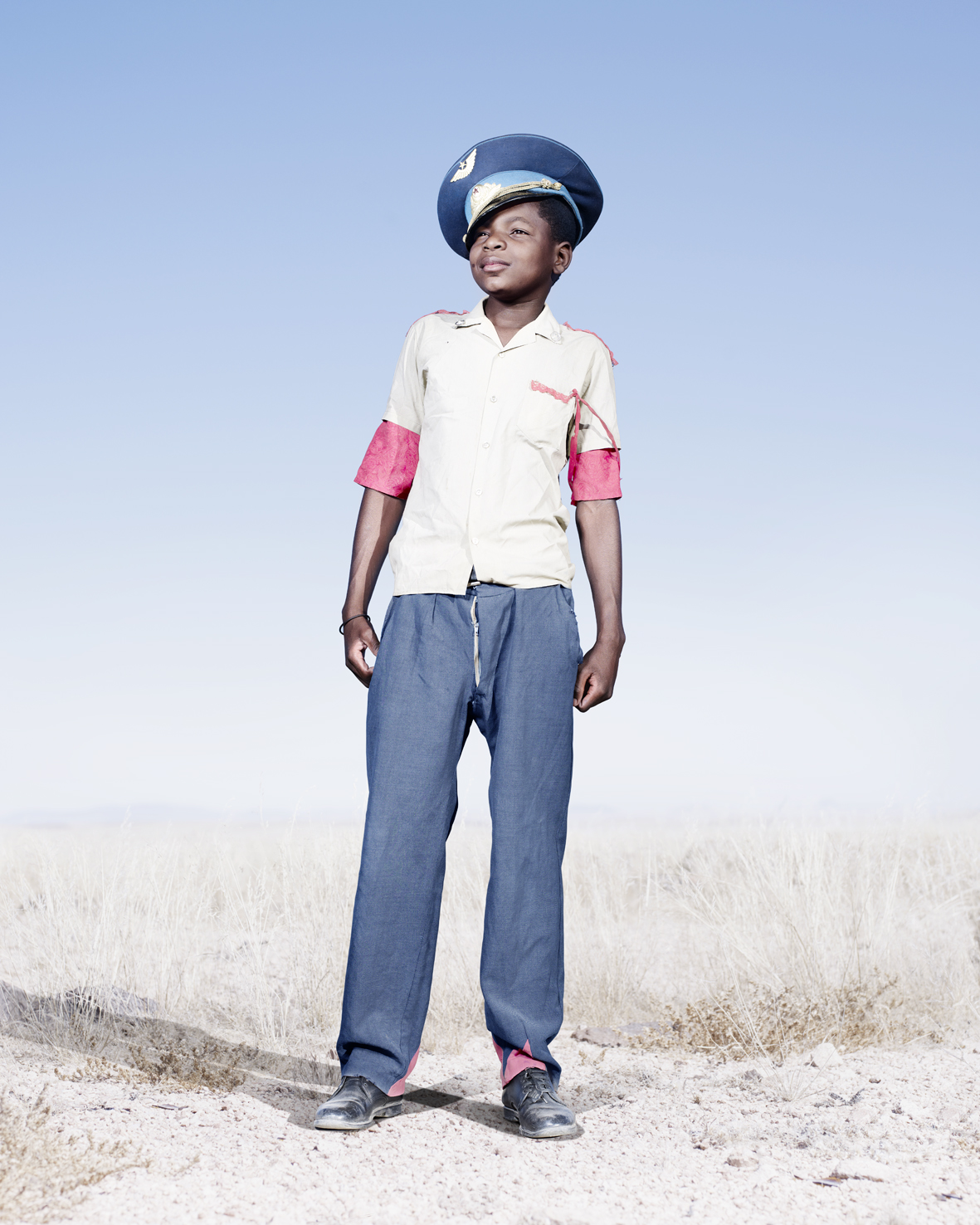
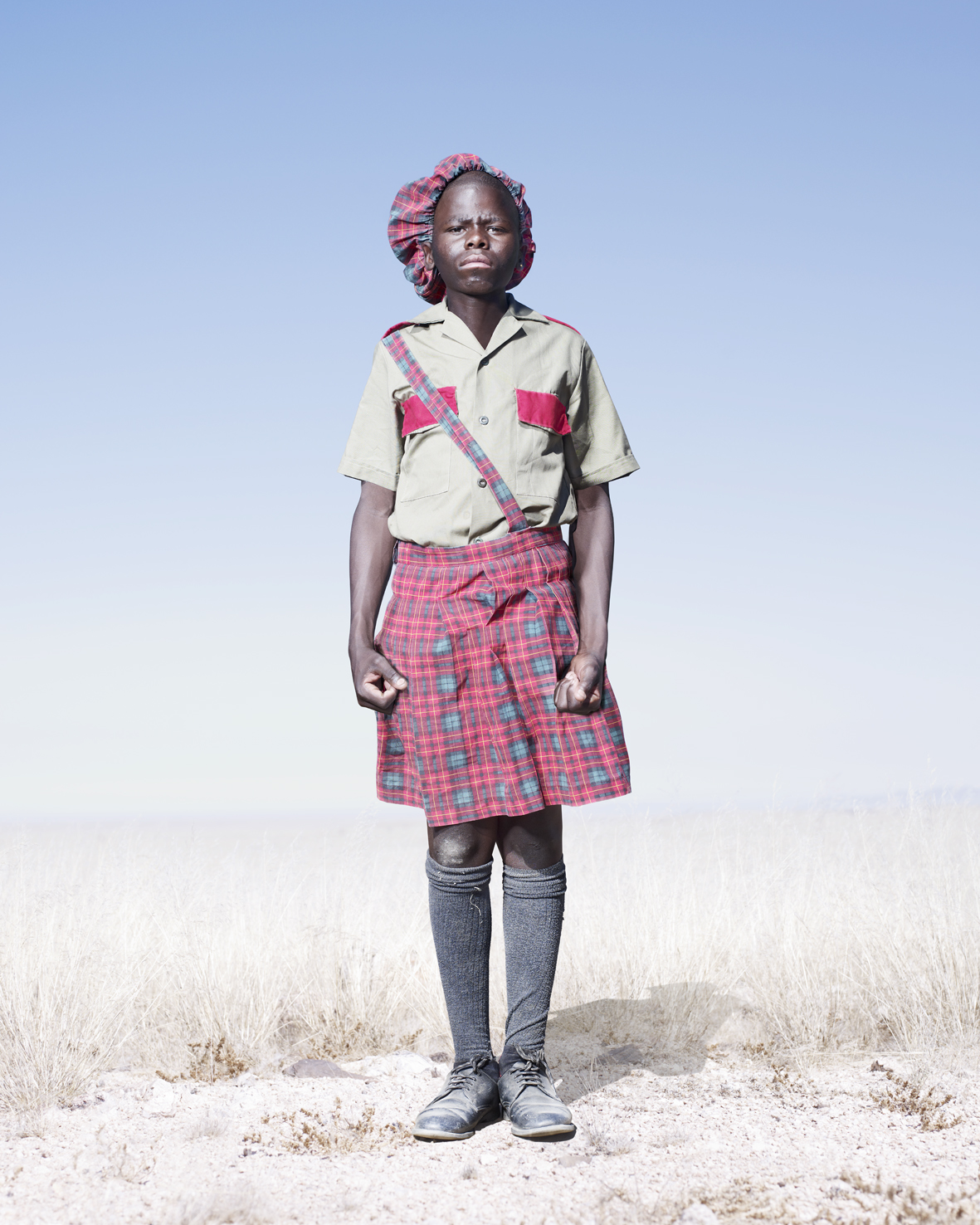

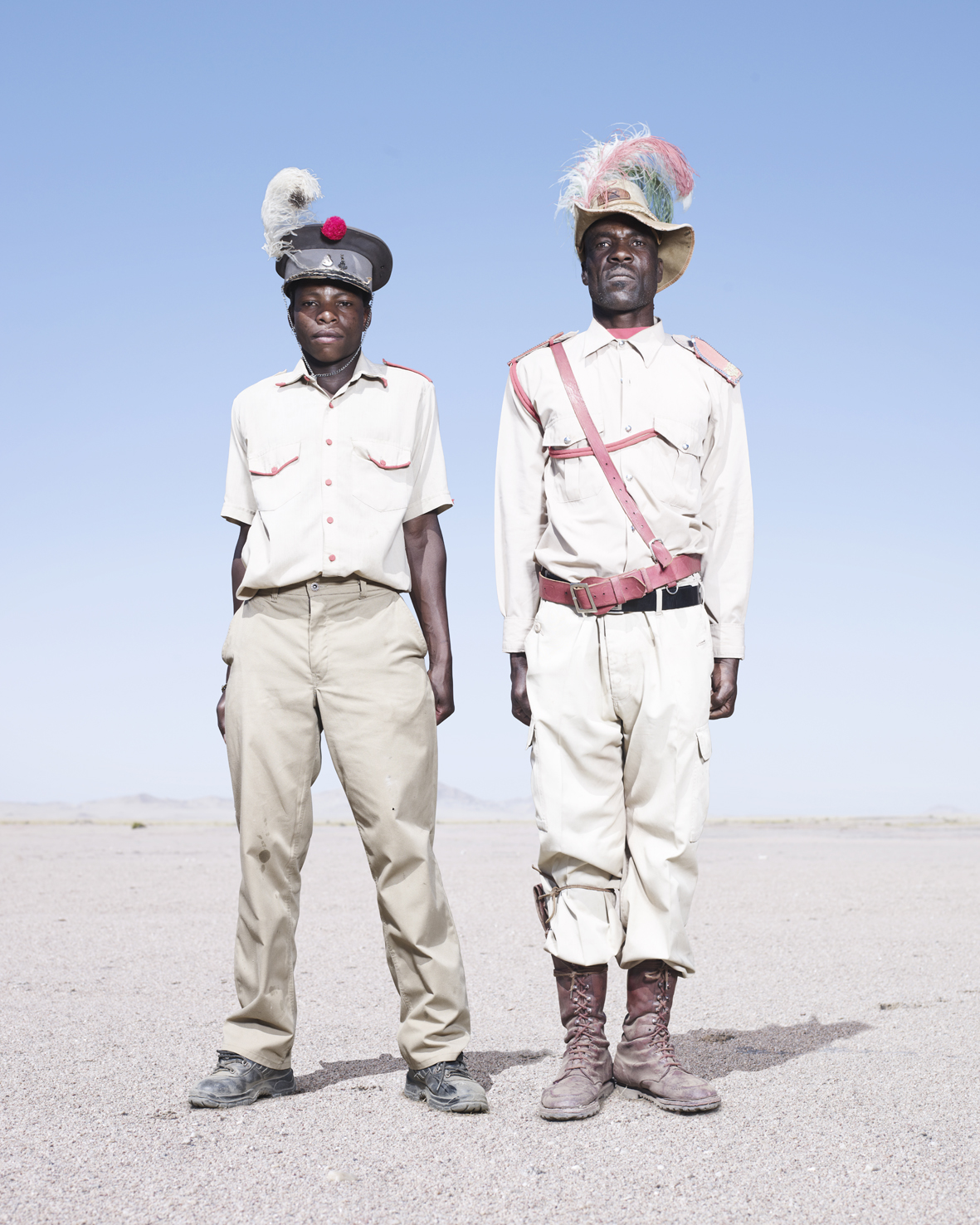
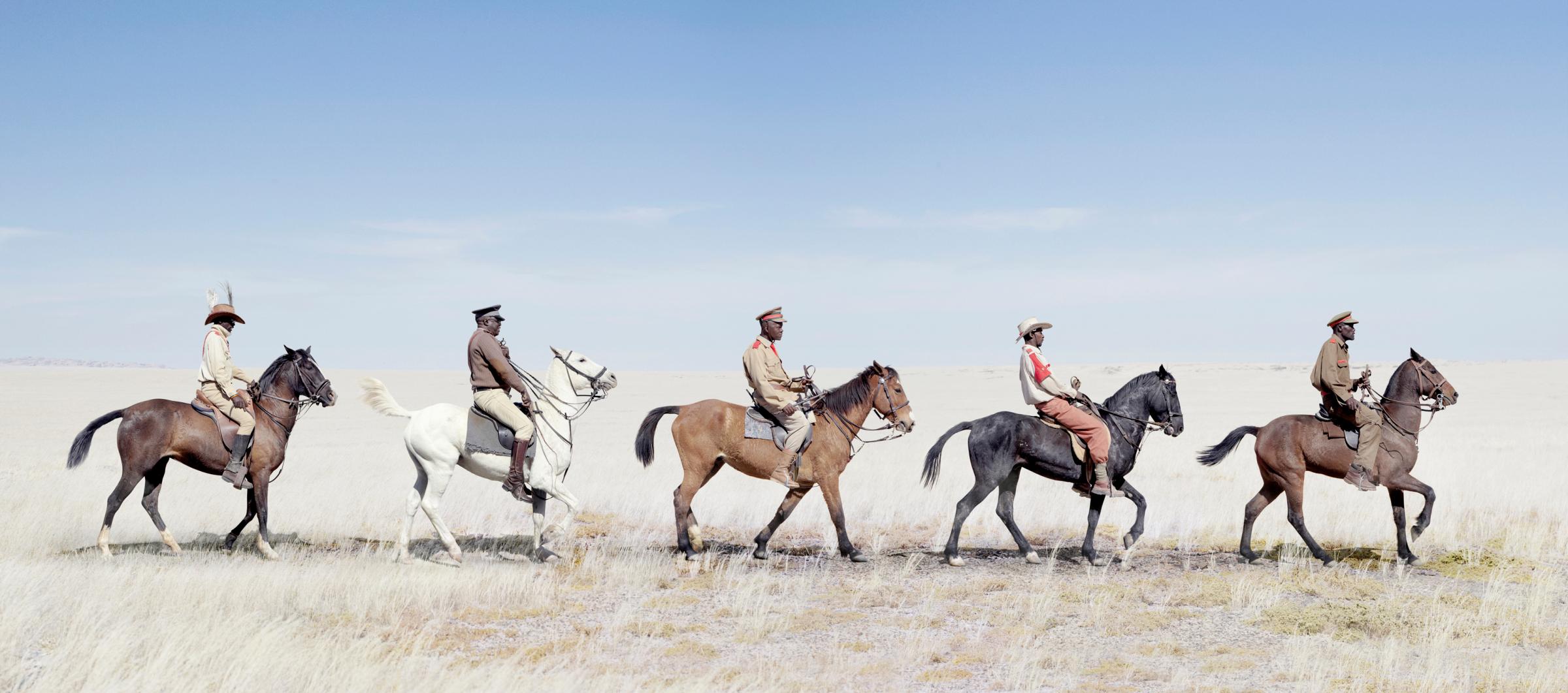
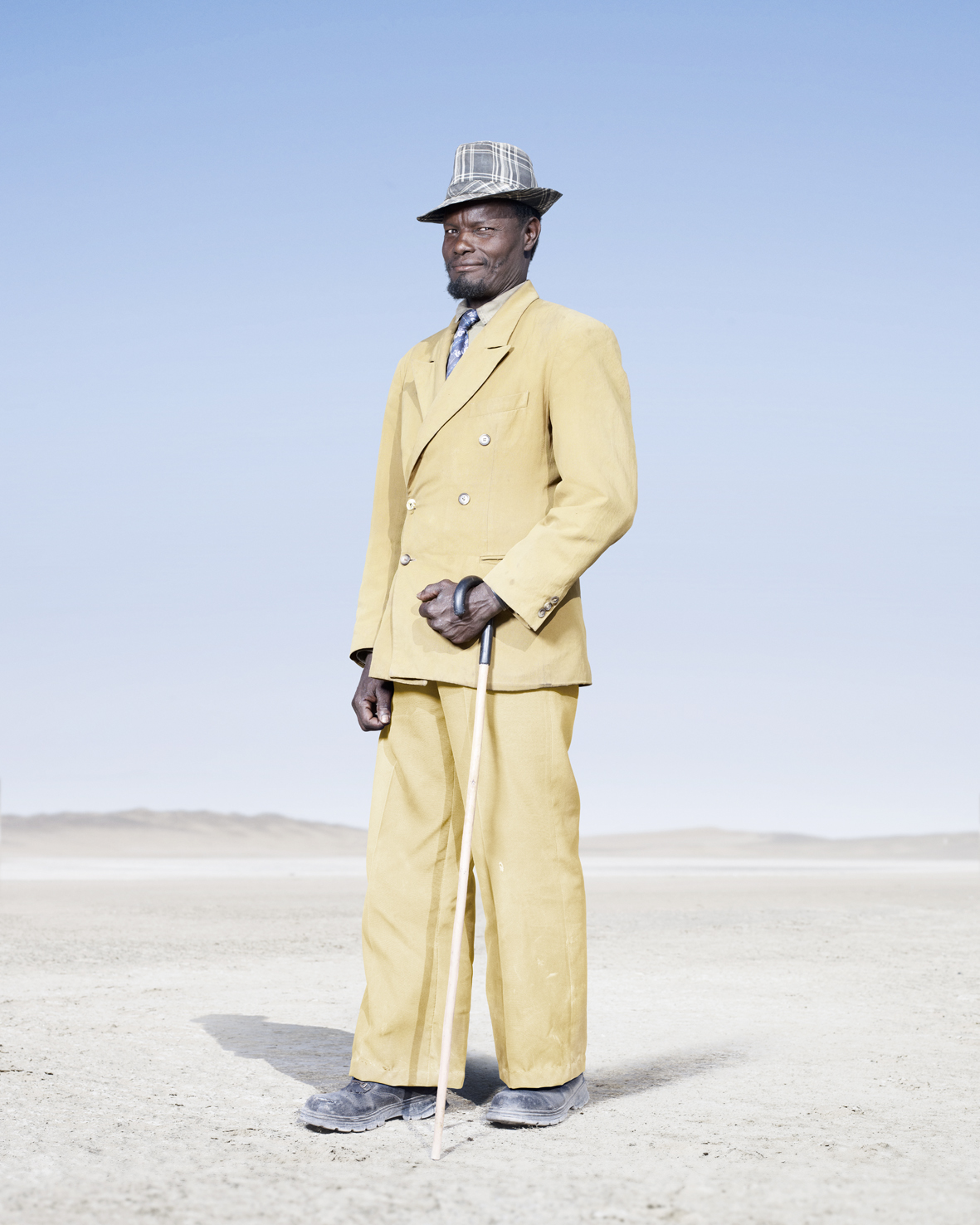

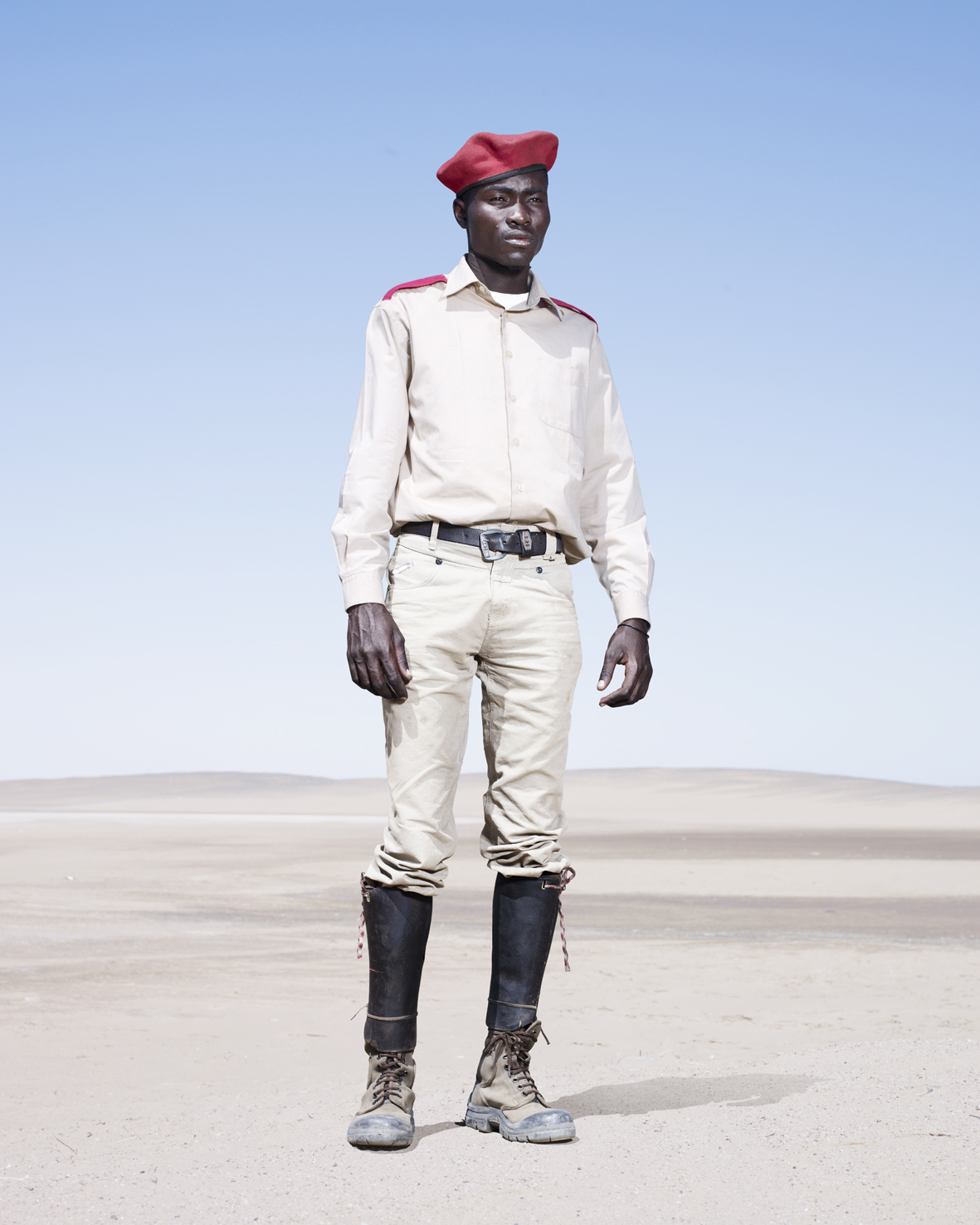
More Must-Reads from TIME
- Where Trump 2.0 Will Differ From 1.0
- How Elon Musk Became a Kingmaker
- The Power—And Limits—of Peer Support
- The 100 Must-Read Books of 2024
- Column: If Optimism Feels Ridiculous Now, Try Hope
- The Future of Climate Action Is Trade Policy
- FX’s Say Nothing Is the Must-Watch Political Thriller of 2024
- Merle Bombardieri Is Helping People Make the Baby Decision
Contact us at letters@time.com